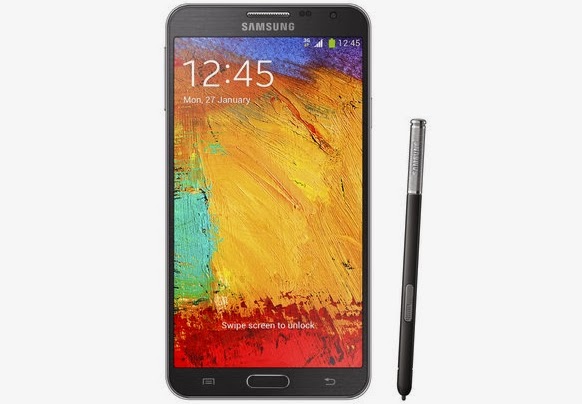Graphene Could Speed Up Future Internet By 100 Times
 |
Graphene Could Speed Up Future Internet By 100 Times |
Graphene can be used for many different purposes. Some of the popular areas in which graphene is used as Cooling Agent for Electronics Devices, Graphene Sensors etc. and now graphene will be used to speed up internet.
Every day large amounts of information is transmitted and processed through optoelectronic devices such as optical fibres, photodetectors and lasers. Signals are sent by photons at infrared wavelengths and processed using optical switches, which convert signals into a series of light pulses.
Ordinarily optical switches respond at rate of a few picoseconds - around a trillionth of a second. Researchers from the Universities of Bath and Exeter have shown that a few layers of graphene stacked on top of each other could act as a formidable material for optical switches, delivering speeds up to 100 times faster than current telecommunications technology.
 |
A few layers of graphene stacked on top of each other could deliver speeds up to 100 times faster than current telecommunications technology |
When light hits a doped semiconductor, the resulting energy makes electrons jump from a lower-energy state (the valence band) through a small gap (the energy gap) and into a higher-energy state (the conduction band) in which electrons can move more freely, conducting electricity. Eventually, when the initial energy has been exhausted, the electrons go back to their original state, through the band gap and back to the valence band.
To establish whether a material can be used to process information quickly, researchers need to look closely at how electrons flow up and down the energy gap in that material. The critical factor is the recombination time – the time it takes for an electron to make the trip back from the conduction to the valence band.
In graphene there is no energy gap between the valence and the conduction band, and this means that scientists aren't able to effectively analyze its potential with current techniques.
But now the Bath researchers found a way to measure recombination time in graphene by measuring how the electrons moved in the infrared part of the spectrum, transitioning between different quantum states.
Graphene is just one atom thick, but remarkably strong. Scientists have suggested that it would take an elephant, balanced on a pencil to break through a single sheet. Already dubbed a miracle material due to its strength, lightness, flexibility, conductivity and low cost, it could now enter the market to dramatically improve telecommunications.
 |
Graphene is a miracle material due to its strength, lightness, flexibility, conductivity and low cost |
"We've seen an ultrafast optical response rate, using 'few-layer graphene', which has exciting applications for the development of high speed optoelectronic components based on graphene," lead researcher Dr EnricoDa Como said, "This fast response is in the infrared part of the electromagnetic spectrum, where many applications in telecommunications, security and also medicine are currently developing and affecting our society," he added.
"The more we find out about graphene the more remarkable its properties seem to be. This research shows that it also has unique optical properties which could find important new applications," co-director of the Centre for Graphene Science at Bath, Professor Simon Bending added.
 |
Graphene continues to strengthen its reputation as a wonder material, this time in the field of telecommunications |
In the long term this research could also lead to the development of quantum cascade lasers based on graphene. Quantum cascade lasers are semiconductor lasers used in pollution monitoring, security and spectroscopy. Few-layer graphene could emerge as a unique platform for this interesting application.


